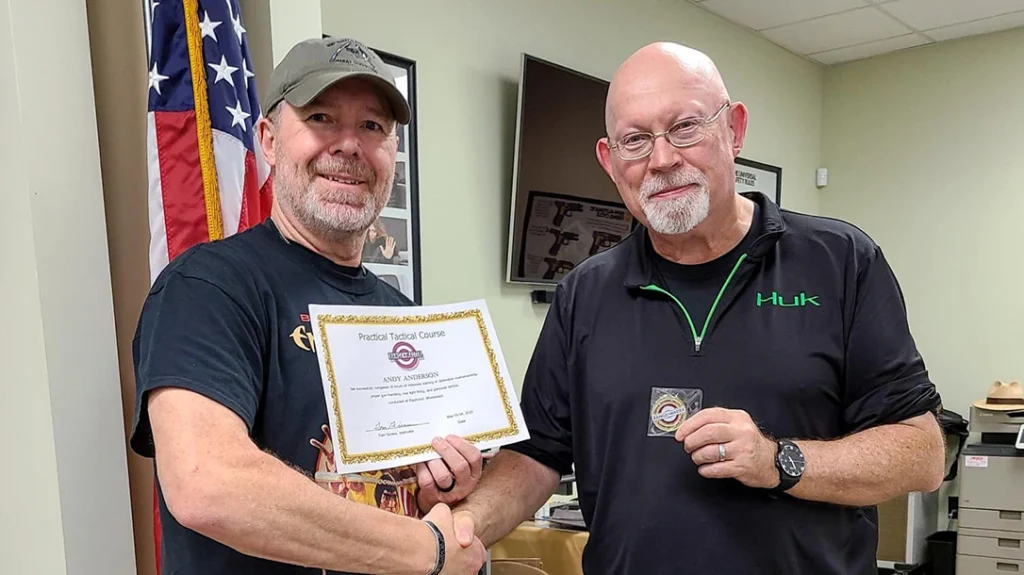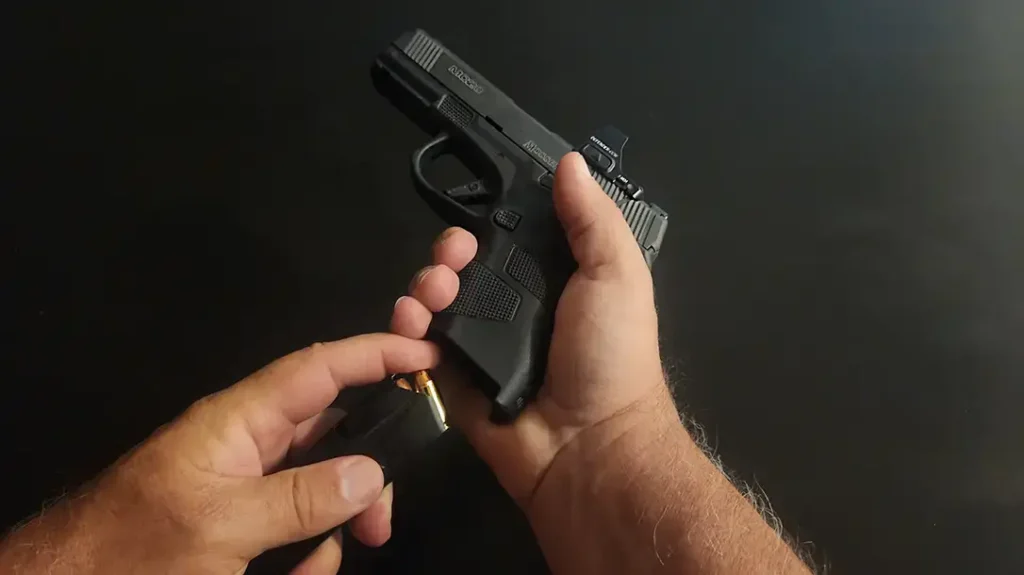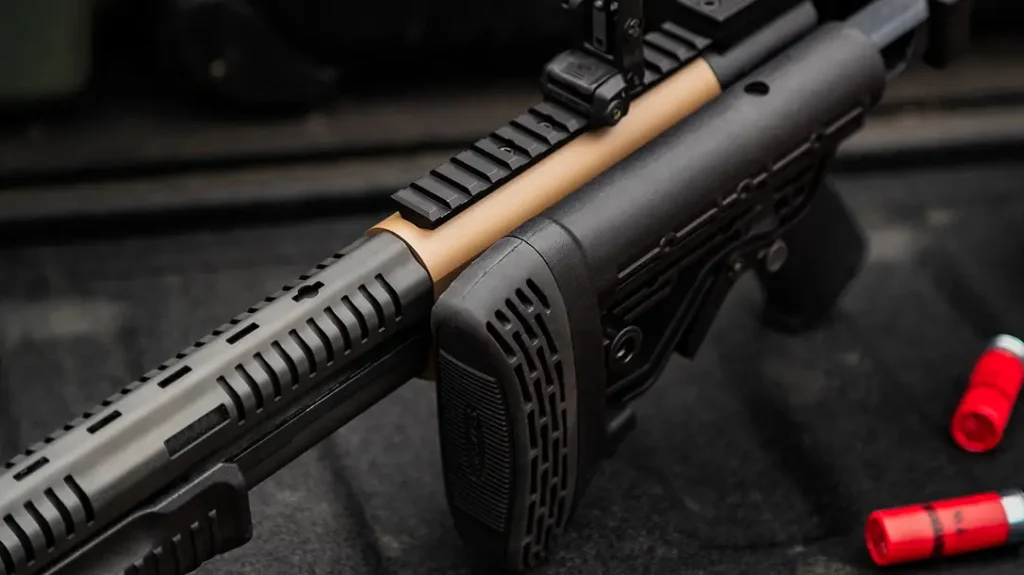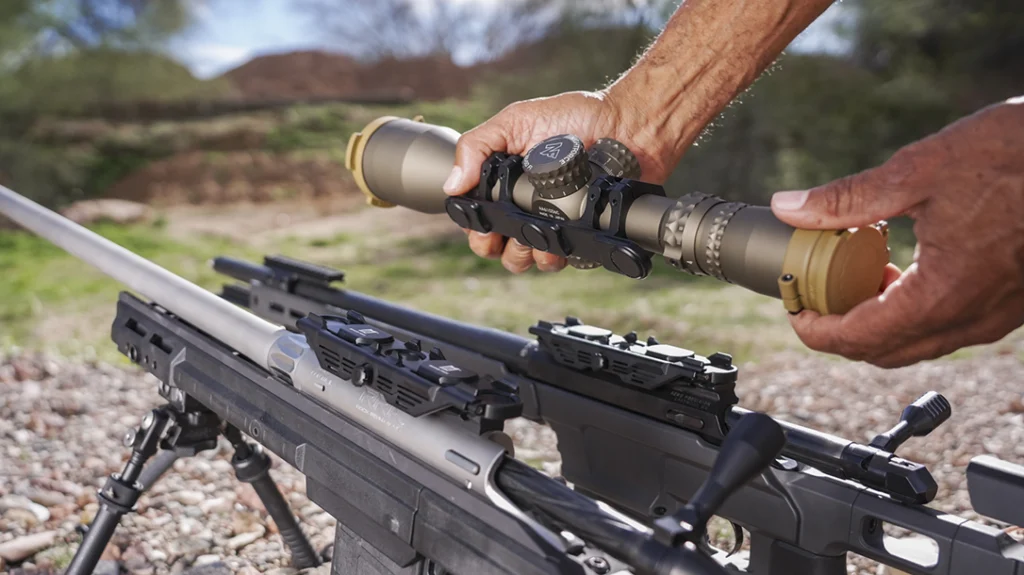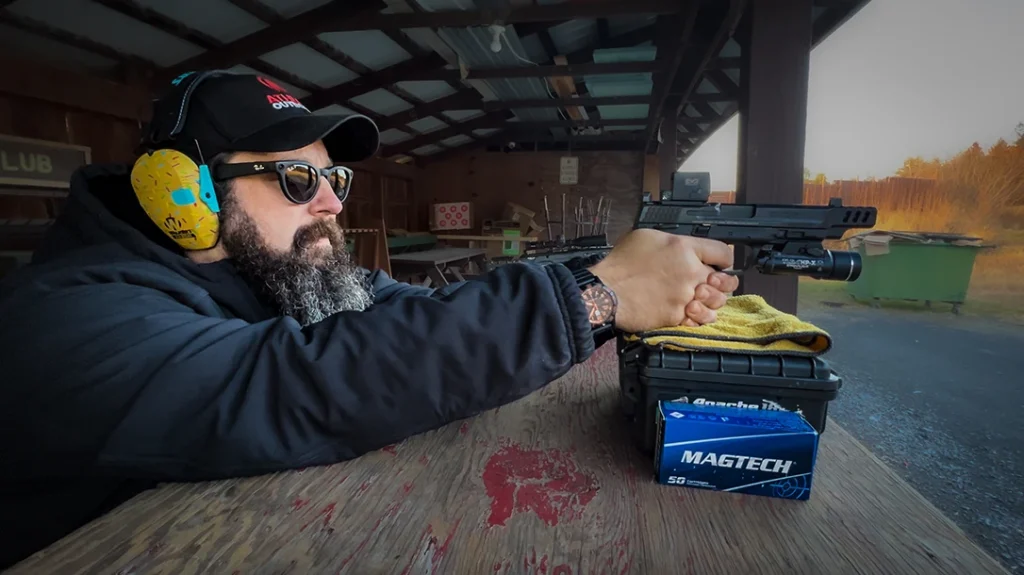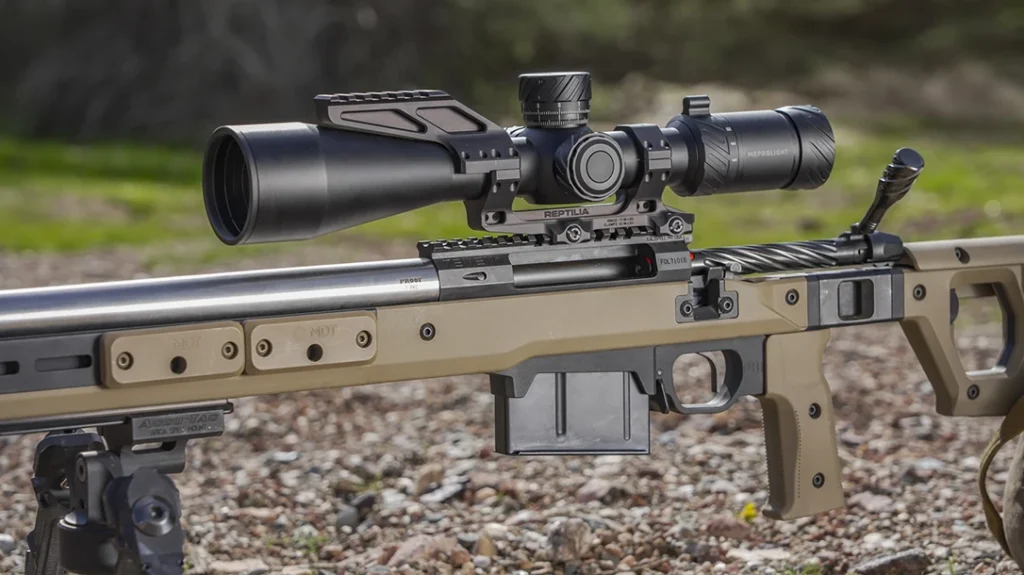“One of the biggest advantages of a concealed weapon is the shock value when it comes out. I have security video footage of a student of mine working in a convenience store. A guy with a gun came in to rob it. The student-produced her own gun, and you can see the robber’s eyes go twice as wide. Then she shot him,” said Tom Givens.
The Capo of Concealed Carry from Tom Givens
Givens, 72, could be considered the godfather of modern concealed carry. He’s been teaching it full-time for nearly 30 years and estimates he’s trained 50,000 civilian concealed carriers. A former law enforcement officer, Givens grew up around guns. He received his first revolver at 15 and shot for his high school rifle team.
His fascination with firearms led him to devour everything he could read on the subject. Though much of the information he found back in the 1960s was, even then, out of date, he was fortunate enough to come across the writings of Jeff Cooper.
Advertisement — Continue Reading Below
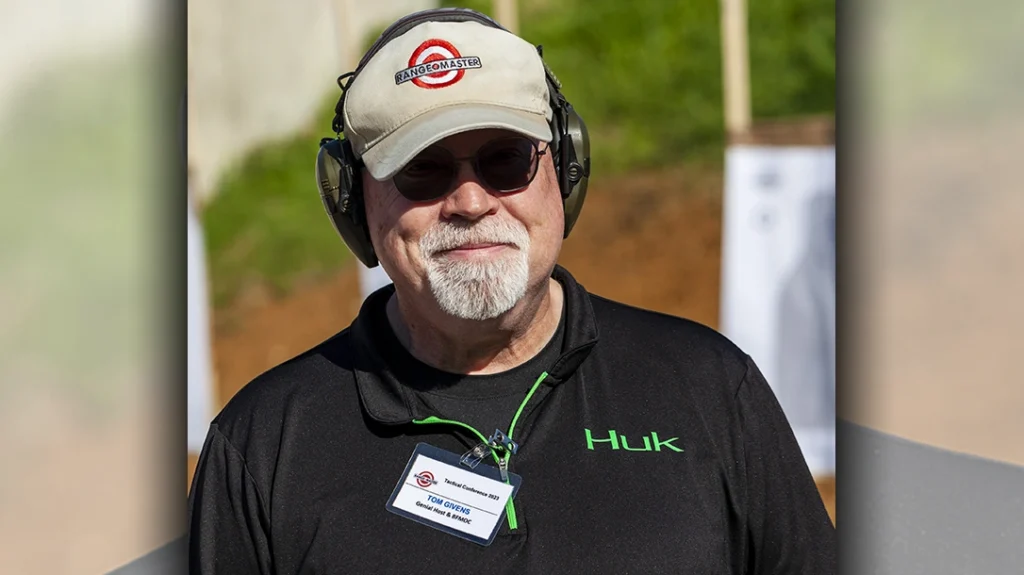
Cooper had revolutionized the field of shooting. His emphasis on using two hands and focusing on your front sight laid the groundwork for modern handgunning. Enamored with Cooper’s methods, the teenage Givens began corresponding with him, seeking advice.
He’d eventually make several trips out to Cooper’s Gunsite Academy—the first commercial shooting school in the United States.
Advertisement — Continue Reading Below
“At the time, very few states had carry permits for civilians,” said Givens. “It was mostly just law enforcement and military people who trained.”
Consistency and More is Better
Working as a deputy sheriff in the 1970s, Givens saw how dismal the state of firearms training for police was. He began traveling part-time to instruct small agencies that didn’t have their own academies.
But as more states began to issue carry permits, Givens realized a boom in the handgun industry was coming. When his home state of Tennessee became a “shall issue” state for concealed carry permits in 1996, he was ready. He opened his Rangemaster school to educate the public on best practices.
Advertisement — Continue Reading Below
There’s no one more qualified for this than the man who literally wrote the book on concealed carry. His “Concealed Carry Class: The ABCs of Self-Defense Tools and Tactics” is probably the best primer available for anyone interested in carrying a handgun.
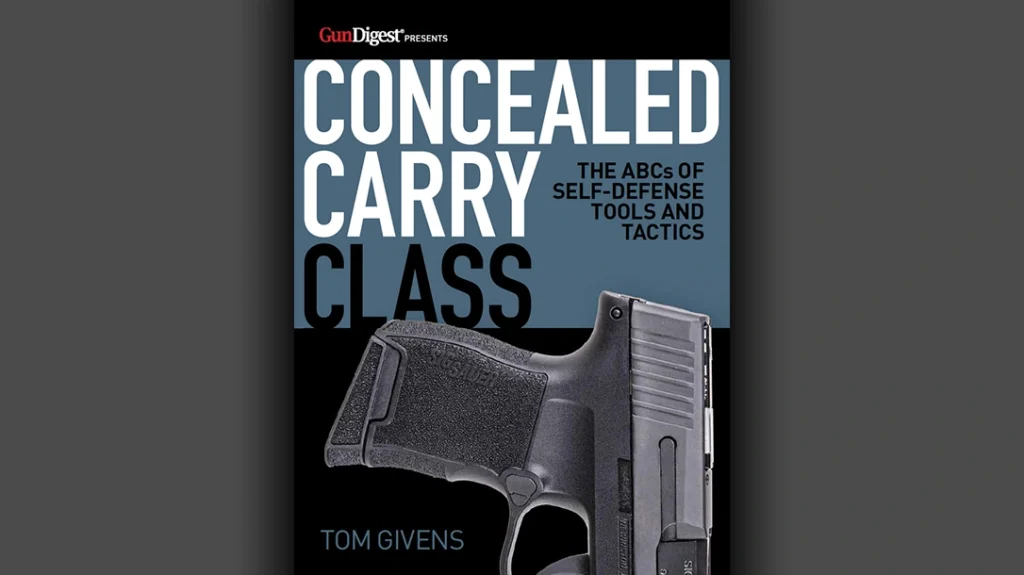
Though he closed the school in 2014, Givens still travels the country educating people on every aspect of concealed carry. He’s flexible on a number of points that many concealed carriers obsess over.
Advertisement — Continue Reading Below
Appendix vs. strong side carry?
“I don’t care which you do, but you have to be consistent with it. My one problem with appendix carry is almost no one carries that way all the time. If you have to wear a business suit, you won’t carry appendix. And you don’t want to have to think about where your gun is.”
Type of gun?
Advertisement — Continue Reading Below
“As long as it’s 9mm or larger, carry what you want. But you want a gun that has at least ten rounds, and more is better. If you shoot four rounds a second, a six-round gun will only keep you in the fight for 1.5 seconds. A 16-round gun will keep you in the fight for four seconds.”
90% of Winning a Gun Fight is Just Showing Up (With a Gun)
The one practice Givens is adamant about is the idea that if you’re going to carry a gun, you need to always have it with you.
“One of the things that sets our program apart is we pound into people that you don’t get to select the day you’re going to need a gun. You decide if you’re going to carry a gun, but someone else decides if you’re going to need it. You’re not going to win a gunfight if you don’t bring your gun,” he said.
Advertisement — Continue Reading Below
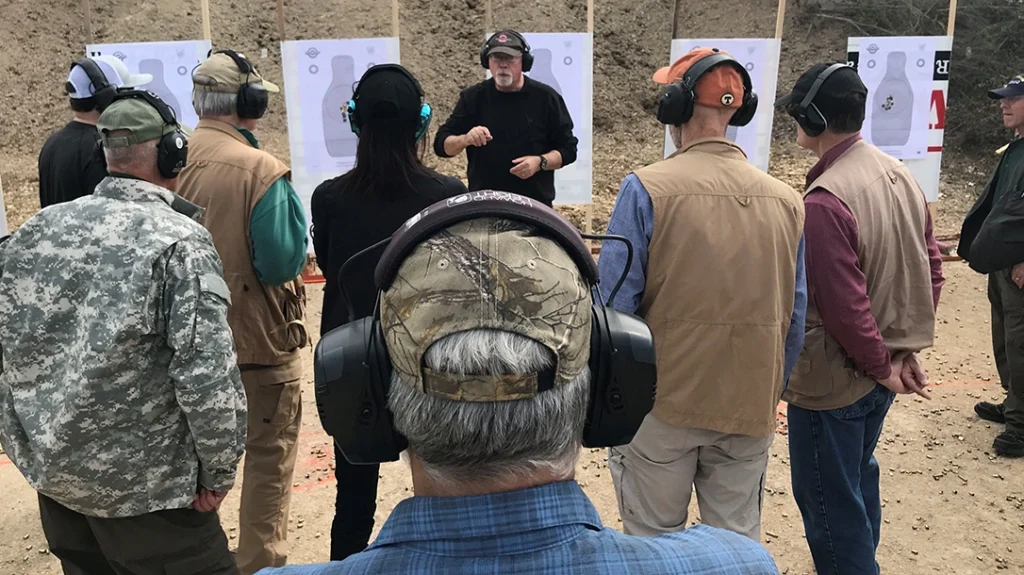
As far as the more technical aspects of concealed carry go, he considers the draw the most vital. Outside your home, you’ll always be starting with the gun in its holster, usually with a garment concealing it. The less time it takes you to get it out, the more time you have to make other critical decisions.
“Most people have no concept how slow they are because they’ve never been put on a timer,” said Givens. “The typical civilian encounter is over in about three seconds. So, if it takes you 2.5 seconds to get your gun out, you won’t be able to do much.”
Advertisement — Continue Reading Below
Quick Draw
Givens said a good standard is to be able to draw and hit an 8-inch circle at 5 yards in 1.5 seconds from concealment. It’s a goal that most concealed carriers can achieve if they put in the time and practice constantly.
Though most people are physically capable of achieving this standard, many don’t. This is usually because they put unnecessary motion into their draw, which slows their time. They’ll draw the gun and bring it down, then up into their line of sight. Or they’ll do the opposite, raising the gun up, then lowering it into their sight line.
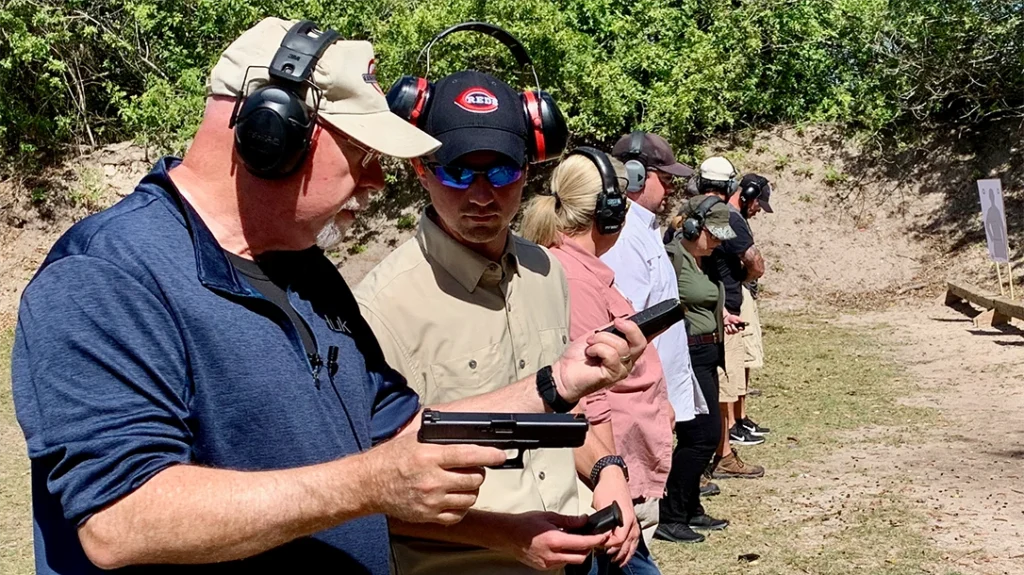
Advertisement — Continue Reading Below
Instead, Givens advocates drawing in an inverted L shape. Raise the gun straight up out of the holster and then extend it straight out toward the target.
The holster itself is a vital component. And picking the proper one is every bit as important as the gun you choose. You’ll need to balance a number of competing objectives. Concealability, comfort, speed and security are all factors that go into choosing a holster. However, Givens adds that comfort can often be obtained simply by getting used to wearing the holster.
“Wear it around the house for three weeks, and that should get you used to it,” he said.
It’s All in Your Mind
As for concealability, a good holster can work wonders, and a bad one will give away even a small gun. Givens typically carries a full-size Glock 17 in a JM Custom Kydex holster under an untucked shirt. He says no one ever realizes he has it unless he tells them.
Givens also feels civilians don’t need the security of an active retention holster like law enforcement officers wear.
“As long as you can jump off a porch and the gun doesn’t fall out, that’s enough retention.”
Besides speed, Givens equally emphasizes accuracy, not just because missing wastes time, but because you can’t risk hitting a bystander. This plays into the other aspect of concealed carry he stresses: the mental side. Things like situational awareness and good decision-making can prove more important than actual shooting skills.
“We firearms advocates like to say ‘guns don’t do anything bad.’ Well, the flip side of that is, guns don’t do anything good, either,” he said. “They’re a tool to accomplish certain tasks. And without the mental tools to go along with that, they won’t accomplish those tasks.”
For more information about Tom Givens, please visit RangeMaster.com.
